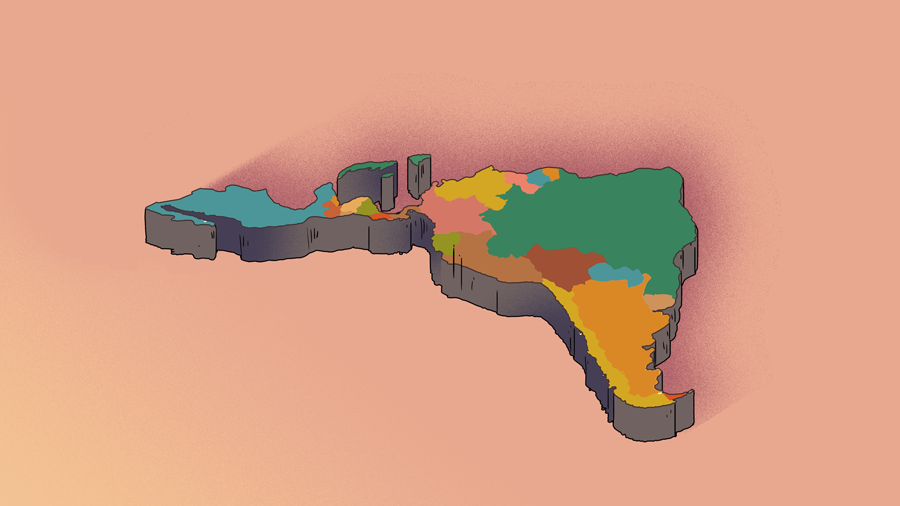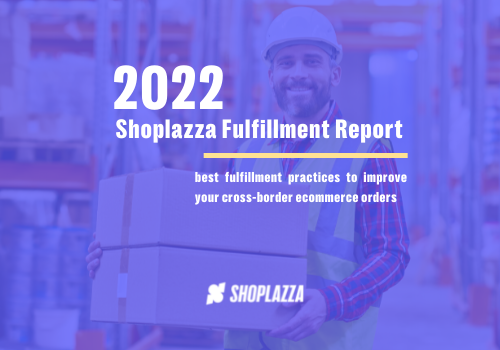It's always a hurdle for global merchants to spot a new eCommerce eldorado, just like the Latin American market.
The beautiful continent is no surprise to us, but the quick rise of overall consumption power and consumers' quick embrace of new online shopping passions grew at an unprecedented rate and scale like never before during the pandemic.
In 2022, it is expected to be a surge in adopting online payments, a change in consumer expectations around eCommerce, a struggle with sustainability issues, an embrace of social media by small businesses, and the rise of retail media networks in Latin America.
eCommerce Trend:
- Cash gives way to Digital Payment Methods
- Fast-growing demand for speedy shipping and delivery
- Social Media’s Power to SMBs
This year built on the momentum of newly formed digital habits by consumers and businesses in Latin America during 2020. As we move into 2022, many of these trends will become further ingrained into the socio-cultural fabric of Latin American society.
Companies will need to stay on top of consumers’ growing appetite for digital payments, new expectations around eCommerce, and increased calls for a more sustainable and equitable society. At the same time, they will continue to leverage the power of social media and digital advertising on retail media networks to influence purchase decisions at the discovery and consideration stages of the consumer journey.
Those that rise to the occasion is poised to reap the benefits of repeat purchases from satisfied customers. Conversely, those that struggle to meet the mark run the risk of diminishing customer loyalty and revenues.

Cash gives way to Digital Payment Methods
Latin America was inherited with a cash culture that runs deep in people's vain, but digital payment methods have only begun to make significant gains among consumers during the pandemic.
Consumers’ risk aversion to touching cash—for fear of getting infected with the coronavirus—led to steep reductions in its use as a payment method. Cash has long been popular across regions for a bunch of reasons: a lack of access to retail banking, tax evasion purposes, and the prevalence of black-market economies, to name a few. But the pandemic gave rise to the idea that cash might be “dirty,” opening the door to the adoption of digital payments.
Digital payment methods are becoming more commonplace for everyday purchases.
Mobile payments have taken off in Brazil since the onset of the pandemic. According to Opinion Box, 36% of respondents in Brazil surveyed in Q3 2021 had used a smartphone to complete at least one mobile transaction, up from 23% in Q2 2020. The research found this trend was driven by higher levels of adoption among men, consumers between the ages of 16 to 29, and those from Brazil’s more affluent socioeconomic classes (A and B). The Brazilian Association of Credit Cards and Services (Abecs) also reported mobile payment volumes in Brazil surged more than sixfold between H1 2020 and H1 2021, from BRL$8.28 billion ($1.61 billion) to BRL$52.90 billion ($10.26 billion).
Fast-growing demand for speedy shipping and delivery
Logistics efficiency will be required of retailers in Latin America as consumers’ appetite for eCommerce shows no signs of slowing in the year ahead.
Digital buyers in Latin America are getting impatient about shipping speeds. Consumers want their online orders shipped fast, and those who experience significant delays or issues receiving their order will waste no time taking their business to competitors. Slow shipping speeds are a factor that could lead, of course, to a loss of sales.
Consumers will also determine retailers based on the cost of shipping. More than 4 in 10 smartphone users ages 14 to 60 in Latin America almost always (17.8%) or frequently (23.3%) chose to make a purchase on websites that offered free shipping, according to a September 2021 Live panel survey. Similar online shopping patterns were shared among respondents of all ages and gender.
Retailers in the region are using multiple tactics to combat logistics challenges, including:
- Expanding ship-from-store options
- Deploying click-and-collect
- Establishing dark stores
- Developing last-mile delivery partnerships
- Building their own logistics networks
Social Media’s Power to SMBs
Latin America plays a pivotal role in the global growth of social network users and presents opportunities for companies to reach consumers of all ages.
Social media platforms will be a gateway for small and medium-sized businesses (SMBs) to build out fledgling eCommerce operations. Many SMBs—the backbone of Latin America’s economy—quickly turned to eCommerce to stay afloat following the onset of the pandemic. A July 2021 study from the Asociación Mexicana de Venta Online (AMVO) in collaboration with GS1 México found that 85% of small business professionals in Mexico used social networks to sell their goods, more than any other retail channel. That makes sense given the relative ease with which SMBs can use social media platforms to set up shop and begin selling their products online.
Social media’s prominence in the discovery phase of the consumer journey will solidify. As platforms like Facebook, Instagram, and TikTok ramp up their social commerce capabilities, they have become a go-to spot for consumers to seek out product information, compare prices, and read reviews from other customers. According to a May 2021 Opinion Box report, nearly two-thirds (63%) of Facebook users in Brazil purchased a product or service discovered on the platform, while nearly 6 in 10 (58%) made a purchase recommended by someone on Facebook.
Investments in social media are table stakes for all businesses—not just SMBs. Latin America leads the world with the highest percentage of internet users who use social networks regularly, per our forecasts. Increases in time spent on prominent platforms and a growing appetite for social commerce will only encourage companies to ramp up social media investments.
It is definitely the time to look into some of the Latin American markets, especially Brazil, Peru, and Argentina where political stability and booming economy are two very critical indexes to measure the growth potential.
Sign up today to get a 15% discount! Turn dreams into actions with Shoplazza!



